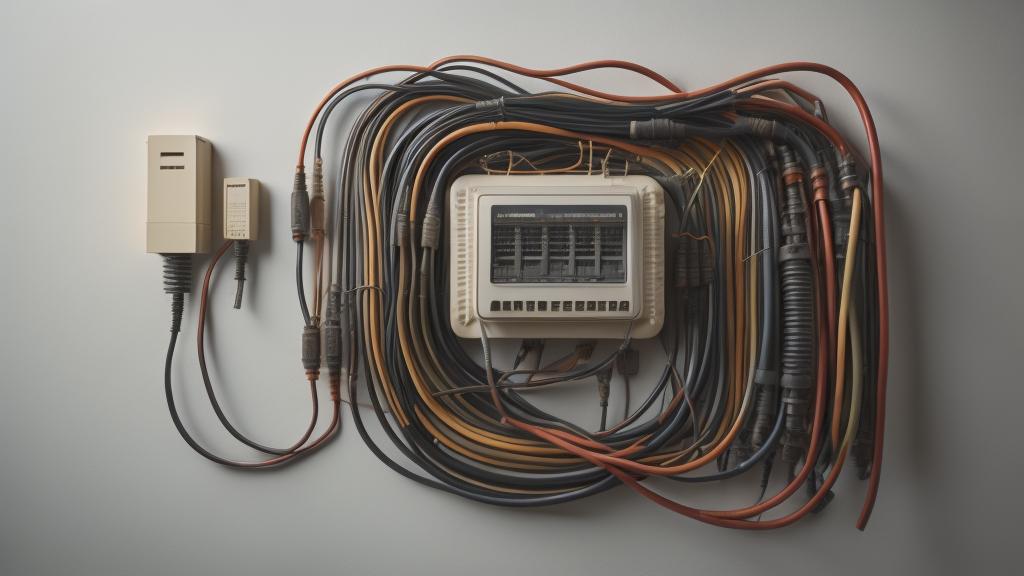When it comes to charming character and unique architectural details, older homes have it all. However, beneath that vintage allure, there are often significant electrical hazards that need to be addressed to ensure safety and functionality.
It’s not uncommon for homes built before the 1970s to have outdated wiring systems. Knob-and-tube wiring, for example, was designed for much lower electrical loads than today's modern appliances require. These wires, often encased in brittle, deteriorating insulators, pose a serious fire risk. Regular inspections by a qualified electrician are crucial to detect and replace such outdated components.
In addition to outdated wiring, older homes frequently rely on fuse boxes rather than circuit breakers. While fuse boxes were the norm in their time, they may not provide the same level of protection against electrical surges. Modern circuit breakers are designed to trip and cut off power when they detect an overload or short circuit, providing an extra layer of safety that fuse boxes simply don't offer.
Another hidden hazard in older homes is aluminum wiring, which was commonly used during the 1960s and 1970s. Aluminum wires expand and contract with temperature changes, leading to loose connections that can spark, potentially causing fires. If you live in a house with aluminum wiring, it's advisable to consult an electrician who can retrofit your system with copper pigtails or completely rewire the home with safer materials.
Old outlets and switches are additional points of concern. Over time, these can become loose, causing electrical arcing when plugging in devices. Not only does this decrease the efficiency of the outlet, but it can also lead to burns or electrical shocks. Updating outlets to newer models, including those with ground fault circuit interrupters (GFCIs) for added safety in kitchens and bathrooms, is a wise investment.
Lastly, beware of ungrounded outlets, which are commonly found in homes built before the grounding wire became standard practice in electrical systems. Ungrounded outlets lack a direct path to the earth to safely disperse extra electricity, increasing the risk of electric shocks. Converting these to grounded outlets is essential, particularly in rooms with high moisture levels like bathrooms and kitchens, where the risk of electric shock is higher.
While the cost of updating an older home's electrical system might seem daunting, the peace of mind that comes from knowing your home is safe and up to code is well worth the investment. Regular electrical inspections and updates are not only essential for safety but can also enhance the overall electrical efficiency and functionality of your home, making it a beautiful and safe place to live for years to come.
The unseen electrical hazards lurking in older homes

